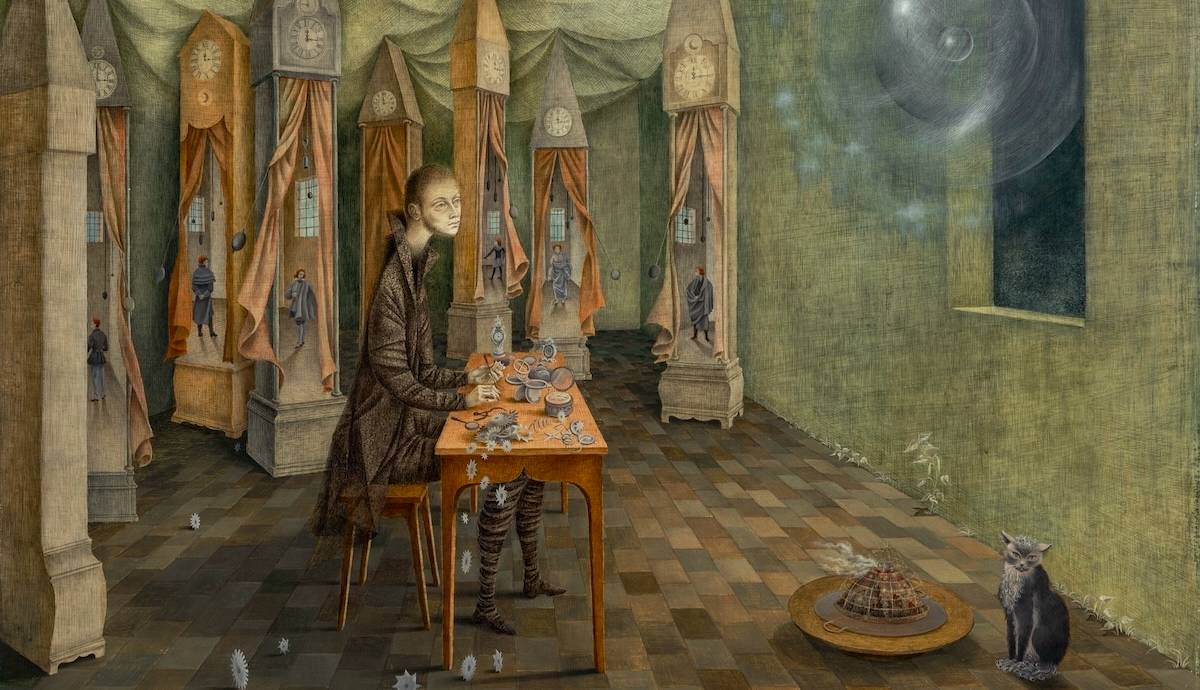
Egypt’s oldest mummy may have been discovered in a tomb near the Step Pyramid of Djoser, at Saqqara. The mummy could also be the most complete one ever found in Egypt. It is also 4,300 years old. The discovered mummy is a Djed Sepsh, an important middle aged man at that time.
“Egypt’s Oldest Mummy is the Most Amazing Discovery” – Hawass

Egypt’s former antiquities minister, Zahi Hawass confirmed the information stated above. On this discovery, Hawass worked with a team, composed of 10 experts. They found this mummified man 20 meters deep into the ground. They located it near the Step Pyramid of Djoser, Saqqara.
In the place where the archaeologists found the mummy, there were many more ancient tombs. They date dating to the 5th and 6th century BCE. “It is the oldest mummy, complete and covered in gold, ever found in Egypt”, Hawass said. He also stated it is the most amazing founding ever.

But what indicated that it was a rich man? When archaeologists opened the tomb, the mummy had layers of gold on it. Also, there was a bracelet on his chest. This mummy was not the only one discovered in the deep desert of Saqqara. One of them belonged to the Egyptian priest called Khnumdjedef. He served Unas Pharaoh, the last one of the fifth dynasty.
Mummies Only Second After the King

The second tomb belongs to a man called Meri. Meri was the “keeper of the secrets and assistant to the great leader of the palace”. The archaeologists also found nine more statues, with great importance. They give a sense of what art was like in the Old Kingdom, as the archaeologists say.
This cemetery gives us one more important information. It is a burial spot for the important people, mainly after the King. Also, the Step Pyramid the oldest stone monument from ancient Egypt. It marked the beginning of the Third Dynasty, and is the first pyramid ever built by the ancient Egyptians.

Also, it is important to say that the term “mummy” may no longer be in use. The better term to use is a “mummified person”, so that visitors think more about the individual which remains the archaeologists found. Some of the U.K. Institutions already chose to use the second term.










